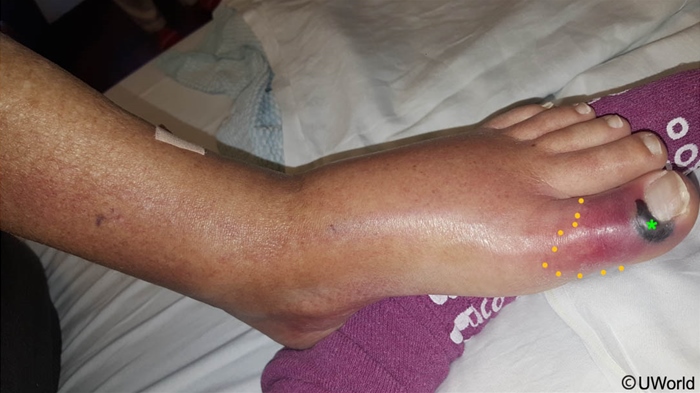Mold-Related Illness
Article Sections
Introduction
Mold exposure can have varied negative effects on the body. Molds release spores and toxins (eg, mycotoxins) that can trigger allergic reactions, respiratory illnesses, and, in some cases, severe systemic infections. Patients with atopy, chronic pulmonary conditions (eg, chronic obstructive pulmonary disease [COPD]), or immunosuppression are at increased risk for mold-related illness.
Pathogenesis
Molds are fungi that thrive in warm, moist environments. They are ubiquitous in outdoor environments, but mold spores enter indoor spaces through open windows or ventilation systems or by attaching to clothing and shoes. For many people, mild or occasional mold exposure is not a significant concern. However, excessive indoor mold growth can be problematic, especially for patients with underlying health conditions such as asthma and immunosuppression.
Mold exposure can cause illness through 3 primary mechanisms:
Continue Learning with UWorld
Get the full Mold-Related Illness article plus rich visuals, real-world cases, and in-depth insights from medical experts, all available through the UWorld Medical Library.
Images


